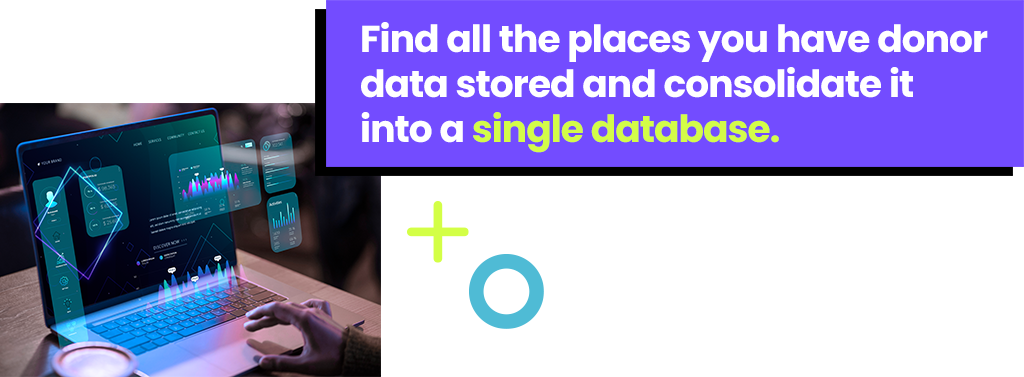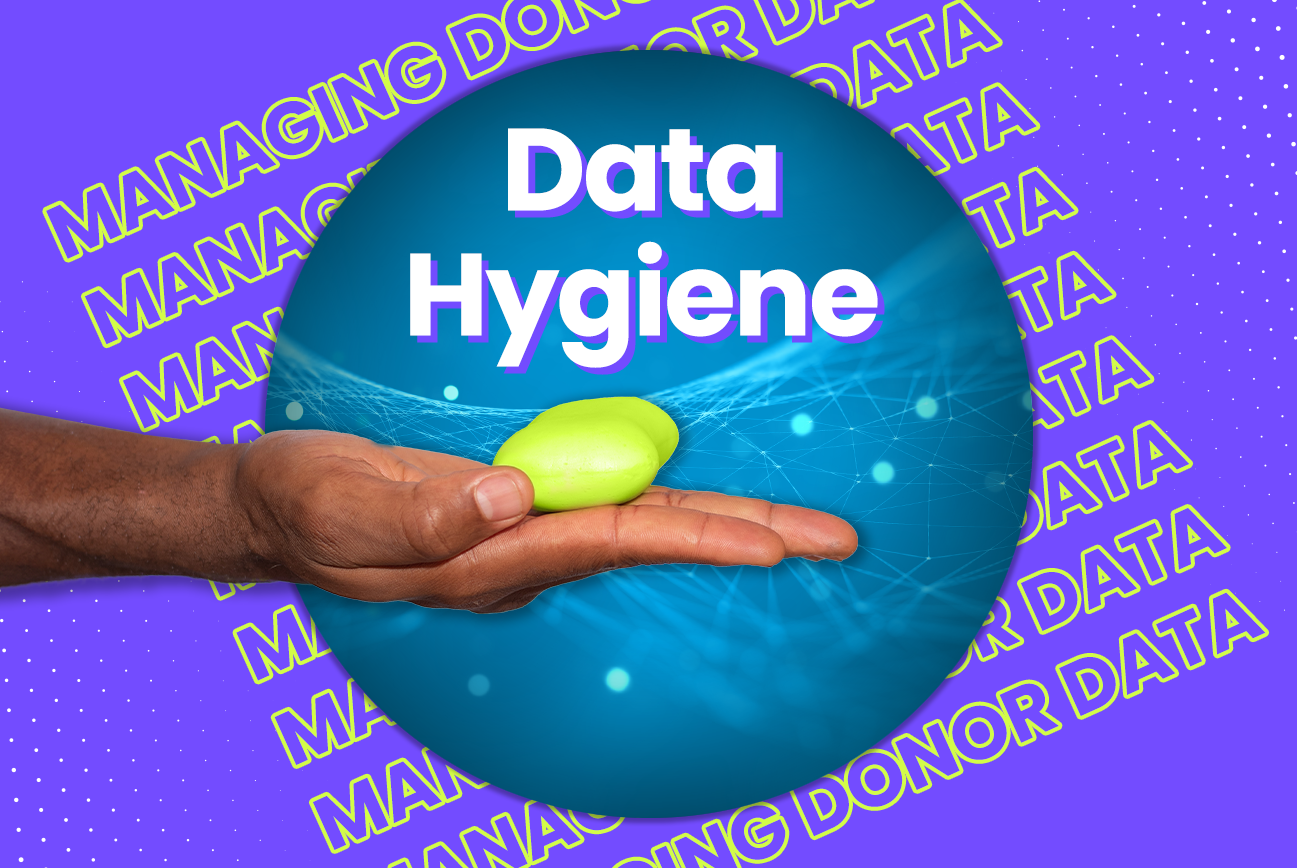Good hygiene is a must, wouldn’t you agree? No, we’re not talking about showering regularly and putting on deodorant. This is a fundraising blog! We’re talking about your nonprofit’s data hygiene.
As a fundraiser, you know the importance of strong donor data.
Organizations that use their data effectively have an easier time finding ways to re-engage lapsed donors finding engaged non-donors and taking personalization to the next level.
And they know what they can change to improve results!
But your nonprofit’s data hygiene is probably the issue if you’re having trouble making sense of your data and using it to your advantage. Fundraisers are always looking for ways to raise money more efficiently. So, it’s a great time to clean up.
This article will help you make the most of the data you already have and teach you what you can do to improve your fundraising results.

You don’t know what you don’t know.
You know your donors pretty well, right?
So, you should have no problem answering some of these questions:
- Why do people stop giving to my organization?
- Which communications do donors respond most favorably to?
- What strategies have helped increase a donor’s gift size?
- Where should I draw the line between giving levels?
- Is all contact information for donors up to date?
If you struggle with some of these answers, don’t worry. You’re not alone.
Many organizations have questions about their donor base they struggle to answer. But finding the answers in your data is one of the most effective ways to identify issues with and improve your organization’s marketing efforts, fundraising outreach, and data storage practices.
And evaluating your nonprofit’s data hygiene and better understanding your data is the best way to answer some of your most pressing questions. Other than asking donors directly, of course.
LEARN MORE: Applying data-driven ask strings in your appeals.

Time for a deep clean?
Data audit. No two more exciting words have ever been spoken!
But it may just be the most important thing you can do for your fundraising in the long run. Performing a data audit could force you to confront a harsh reality… your data is a mess.
Many organizations don’t realize how big the problem is until they dig into their data. Or maybe you realized it and want to put your head in the sand and ignore it.
Think about all the places you have data stored, including spreadsheets, programs, servers, and that unorganized folder of handwritten notes from phone calls.
The crucial first step is identifying where all your data is stored and consolidating it.
If you are a large organization with a lot of data, you may want to invest in a donor management system if you haven’t already. It can help you make sense of the data you already have and make it easier to maintain your nonprofit’s data hygiene in the future.
Or, if you have a more limited data set, a smaller donor base, or are already well organized, you could keep your records in a designated spreadsheet or folder. Even so, you might still consider moving to a donor management solution that can grow with your needs.
LEARN MORE: Is it time for a data audit?

What did your data tell you?
Hopefully, your data speaks much clearer after you perform a data audit.
And we know it was so fun to dig in and scour your database. But the real work is just beginning.
Luckily, improving various aspects of your fundraising will be much easier now that you’ve addressed your nonprofit’s data hygiene.
So, what do you want to ask your data now that you can understand what it says?
Is your donor retention rate well below the average of 44 percent for nonprofits? It might be time to build in some more non-ask communications to keep donors engaged in between appeals.
Do your repeat donors rarely increase the size of their gifts? You can build more effective and targeted ask strings by using what you learn when you track and analyze your results.
Do many of your donors make smaller gifts several times throughout the year? A monthly giving program could be perfect for your organization.
Or maybe you’re struggling to secure donations through your online giving page. You may need to make it easier for donors to give by using shorter forms or making your site more mobile friendly.
LEARN MORE: Easy ways nonprofits use donor data to raise more.
Let your data speak clearly.
Remember, every nonprofit is different and faces its own unique challenges. It’s important to listen to your data and let it guide your decision-making process.
For example, you may find certain donor segments need a little more love between appeals if they lapse at a higher rate.
It also opens the door for more effective A/B testing and other ways to evaluate your outreach or appeal strategy. Do your donors prefer a direct mail appeal letter, a more visual appeal package, or is an email enough for them to give?
We don’t know. But your data might clue us in. If you have good data hygiene, that is!
Want to talk it through with a member of our team? Click here!









